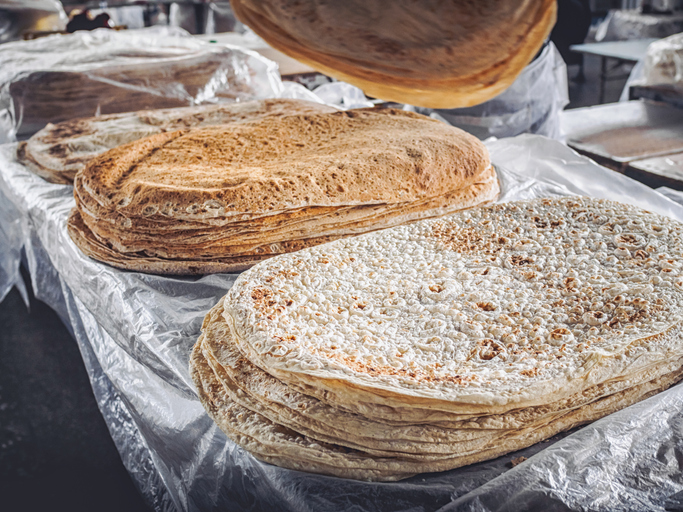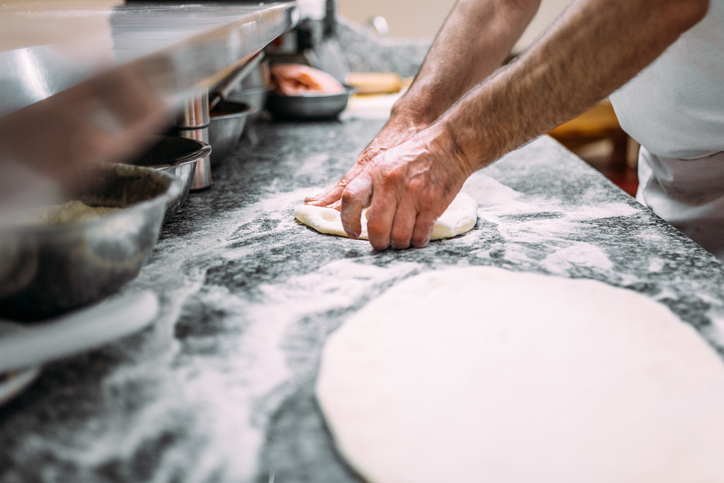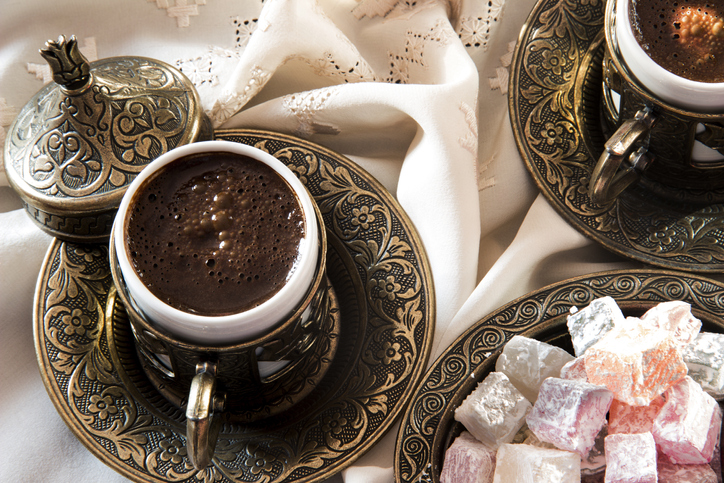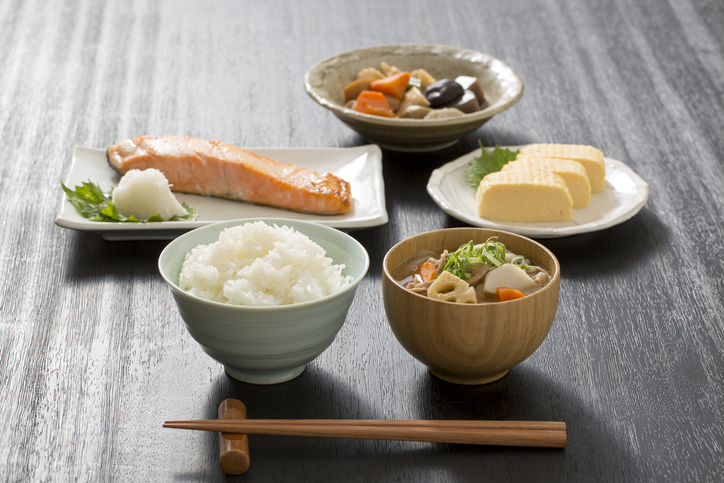If we asked you to think of things on the UNESCO Cultural Heritage list, you’d probably come up with a city, an architectural complex, or even a specific culture. But did you know that the honour is also bestowed upon dishes and foods?
Foods of intangible cultural heritage specifically recognise foods that stand out for exceptional importance or which are deserving of preservation and recognition. Wondering what dishes have made such an important list? Read on, and you’ll find out!
Traditional Mexican Cooking
Mexican cuisine has been maintained and passed down from generation to generation. Ritual preparation techniques, ancestral knowledge, and basic ingredients that never change are just some of the reasons this food appears on the list. The Michoacana variant is specifically recognised.
Michoacana food features corn, beans, and chile, while utensils like stone mortars stand out in the preparation of food like vanilla, cocoa, pumpkin, and avocado.
The methods they use to cultivate the foods they cook also date from the pre-Columbian period, like nixtamalization, a process whereby corn is cooked with water and lime. This nixtamal then becomes the basis of a dough with which really well-known foods like tortillas and tamales are made.
Writing a definitive list of Mexican dishes is practically impossible. Just know that the sheer variety of recipes and number of ingredients in them make this one of the most delicious cuisines in the world.
Lavash, typical Azerbaijan bread
Lavash is one of the base dishes of Azerbaijani cuisine and is also known as jupka or katyrma. It’s also made in neighbouring regions like Kyrgyzstan, Iran, Turkey, and Kazakhstan.
Of particular interest is the way in which it’s made, a process that requires three members of the same family.
The resulting dough is soft and dries out quickly, which means that it ends up looking somewhat parched. You can make a soft or hard version, but the softer version is more popular, since it’s tastier and good for rolling around other foods.
Even though it’s an everyday food, it also plays an important role in celebrations. One example is that at weddings, it’s usually crumbled over the heads of the bridal couple as a sign of prosperity. It’s also used in funerals, as a symbol of protection of the deceased.

Kimchi, Korea
This dish is based around seasoned vegetables, and there are a hundred and one ways of making it, which is one of the reasons it caught the attention of the UNESCO when they decided to include it in the list.
The recipe is rounded out with seafood, fish, or meat that are then left to ferment with spices. The most traditional recipe is made with dried Chinese cabbage and other raw vegetables seasoned with fish sauce, garlic, ginger, and Korean red pepper flakes.
Kimchi can be used in many dishes. It’s added to rice and pasta dishes, soups, sandwiches, crepes, etc.
The recipe is handed down between family members and neighbours, in a collaborative social interaction that has its own name, Kimjang.

Napolitan pizza-makers
Next on the list is a dish that almost everyone loves. It’s prepared by pizzaiolo, the professionals who make the pizza dough in four steps before it goes in the oven.
The ritual comes from Naples and, in the region of Campania, there are thousands of businesses dedicated to this food.
The process is fun to watch – the pizzaiolo throws the dough between his hands before popping it into a 400-degree oven. Just a few moments are plenty to cook it.
Experts are certain that it’s very important to knead the dough energetically and swing it around like this to oxygenate it. Would you want to give it a go?

Turkish coffee
This is another food that’s on this list due to the cultural context in which it is prepared. To make it, ground Arabic coffee is used. The result is a very strong coffee that’s served in small, espresso-style cups.
During the preparation of the drink, a copper pot with a wooden handle is used to boil the coffee. Once it comes to the boil, it’s taken off the heat and served immediately.
It’s served with a glass of water and, very often, a small Turkish sweet.

Gingerbread
Ok, we’re sure that the first thing that popped into your mind was the sweet biscuit in the shape of a little man that invades our homes every Christmas. The tradition dates from Croatia in the Middle Ages when the biscuits were baked in monasteries.
Later, artisans started to make them, especially in Northern Europe. The ingredients they use are simple – flour, baking soda, sugar, and spices. What makes them special is the way they are decorated and the skill it takes to shape them.
The biscuits spread to western Europe in the hands of Armenian monk Gregory of Nicopolis – he brought the recipe to France and local bakers then began to make them popular.
In the shape of hearts, little houses, and more, they begin to appear every year around Christmas.

Washoku
Washoku is simply the name for traditional Japanese food. UNESCO says that it constitutes a social practice that includes traditions and knowledge of the production and preparation of food.
The practice is tightly linked to a respect for nature and the sustainable use of natural resources. It encourages the consumption of natural and local ingredients like rice, fish, vegetables, and wild, edible plants.
Around Christmas time is when you’ll see some of washoku’s most specific characteristics, since many of the dishes are traditionally prepared to welcome the New Year and its gods. The recipes have different symbolic meanings and are served in dishes specifically for the occasion.

The Mediterranean Diet
UNESCO considers both the foods and the tradition of eating together as seen in countries like Spain, Greece, Italy, Croatia, and Portugal to be part of the Mediterranean diet.
The organisation states that the Mediterranean diet “highlights the values of hospitality, neighbourliness, intercultural dialogue, and creativity, as well as a way of life that is guided by a respect for diversity”. It also points out that it is an important factor for “social cohesion in cultural spaces, festivals, and celebrations, bringing together people of all ages, conditions, and social class”.
Healthy foods like fruit, olive oil, and cereals rounded out the decision to include it in the list.
Lentisk from Chios
Lentisk is a resin that comes from Chios Island in Greece. It’s used as a base in sweet recipes, ice-creams, etc.
Once the resin has been dried in the sun, it becomes edible and is used for a variety of uses, including medicinal. The Ancient Egyptians used it as embalming liquid.
It’s also used to make a traditional liquor that locals drink after meals.






